The type of ramp installed on a wheelchair van is one of the most critical features to consider when making your purchase.
When researching different wheelchair vans for sale for you or your family, you will soon discover there are many different makes, models, and conversions to choose from.
One of the most distinct differences will be side entry and rear entry options which tells you where the ramp is located on the vehicle. Not as clear, however, depending on the description and photos taken, is the type of ramp that is installed on the vehicle. The two types of ramps used today are foldout ramps and infloor ramps. Infloor is also sometimes called a ‘slide out’ ramp.
Before deciding to buy your next wheelchair van, knowing which type of ramp is best for your family’s unique needs is critical to making the right selection. A wheelchair van is a costly investment that you will want to be happy with for many years to come.
Infloor vs. Foldout Ramps: The Key Differences
Infloor Ramps
In previous years, infloor conversions were considered to be the more expensive option when selecting a type of wheelchair ramp operation. That was because nearly all infloor ramps were power operated which drives up the cost.
Conversion manufacturers, however, have since added new manual designs that provide a less expensive option. Manual designs require a caregiver to pull the ramp out from under the floor using a device that attaches to the end of the ramp. The lack of automation offered by the powered version naturally lowers the cost.
Powered infloor ramps, on the other hand, are still commonly used and will typically be your most expensive conversion option depending on the year, make, and trim level of your vehicle. Despite how expensive they can be, mileage is still the primary factor in the pricing of pre-owned wheelchair vans.
The primary benefit of the infloor ramp is not having it stowed in its upright position which blocks the doorway. This allows for ambulatory (able-bodied) passengers to enter and exit more conveniently within the vehicle.
Infloor ramps also requires occasional preventive maintenance to keep the track free of dirt and debris that can build up, especially in cold-weather areas where snow and street salt can affect normal operation.
Foldout Ramps
Power foldout ramps on a side entry wheelchair van are the most popular handicap accessible vehicles being sold today. The power ramp and sliding door are typically wired together so they operate with a single push of a button. They provide a wide variety of benefits including ease-of-use, simple maintenance, and the ability for the wheelchair user to open the power sliding door and deploy the ramp.
Power foldout ramps require occasional preventive maintenance every six months to ensure trouble-free operation. They have an electric motor and chain-driven mechanism that lowers and raises the ramp.
Manual foldout ramps, on the other hand, however, are very simple to operate and usually require less maintenance compared to powered versions. This is due to their simplistic design and lack of any motorized components that could fail. Manual ramp conversions are less costly but they typically require a caregiver to deploy and stow the ramp.
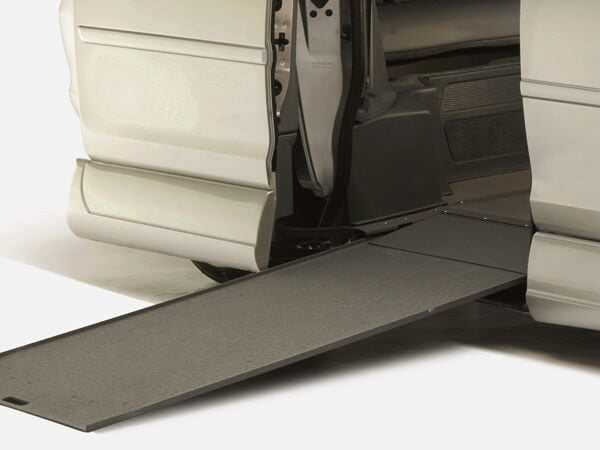
Manual vs. Power Ramps
Just as it sounds, manual ramps and power ramps are either deployed manually by folding or sliding out the ramp by hand – or with the push of a button on the dash, inside the passenger door’s b-pillar, or with a key fob remote control.
Manually operated ramps, regardless of style, require a caregiver to help with opening the door, setting the ramp for accessible use, placing the ramp in its stowed position, and then closing the passenger-side sliding door.
If you’re looking for a more independent experience, you’ll want to purchase a wheelchair accessible van with a power-operated ramp. When combined with hand controls, which allow wheelchair users to more easily steer their vehicle, you won’t find a more seamless driving experience.
How to Find Infloor and Foldout Ramp Wheelchairs Vans from The Mobility Resource
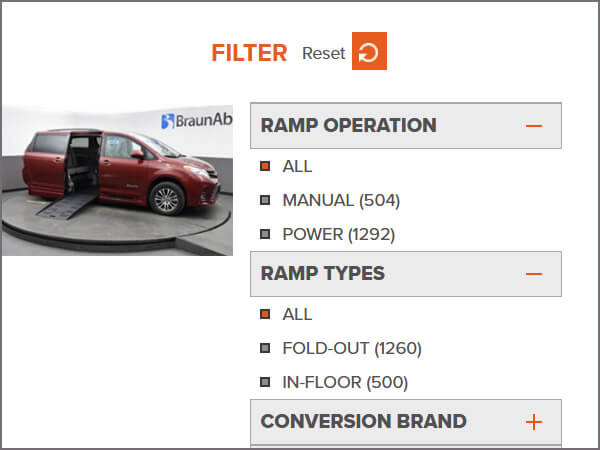
The Mobility Resource maintains the largest online inventory of wheelchair accessible vans for sale in the United States. To make browsing that many vehicles less challenging, we provide a wide range of filter options to let you search for specific vehicles by make, exterior color, condition, and much more. We also give you the ability to browse by Ramp Operation (manual or power) and Ramp Types (infloor and foldout) to make sure you’re searching for a wheelchair van that meets your unique needs.
Explore our nationwide inventory of handicap vans for sale or find a dealer near you to get started!
Free Needs Analysis and Mobility Consultations
No matter which type of van you are considering, it’s highly recommended to go to a dealership and try out different options in person. A certified mobility consultant (CMC) can go over all of the options and provide for a demonstration of the vehicles and safety features during a needs analysis and mobility consultation. You can schedule your appointment today by using our Needs Analysis Special Offer form free of charge at any of our in-network dealers.
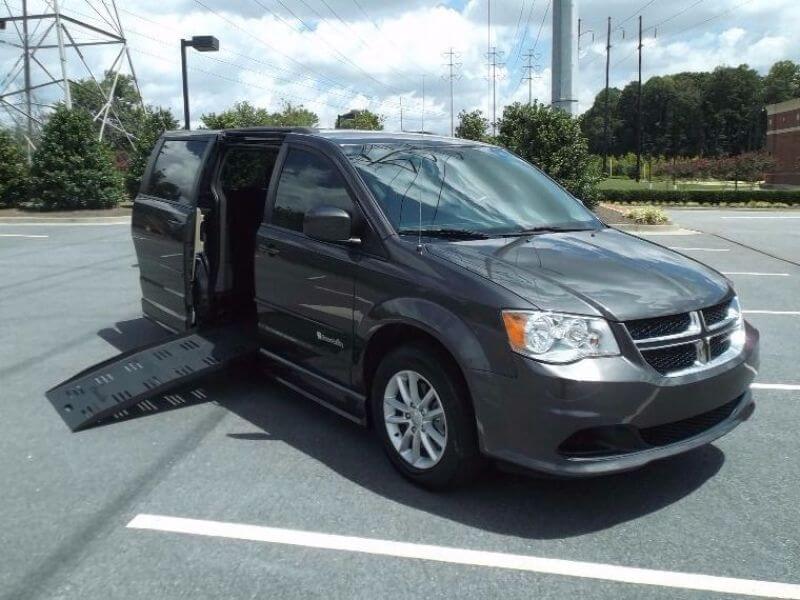
Find your perfect Wheelchair Van
Select from thousands of wheelchair vans for sale from hundreds of nationwide dealers
The Mobility Resource has one of the largest selections of Dodge, Toyota, Chrysler, Honda, Ford, Chevrolet wheelchair vans
View All Wheelchair Vans

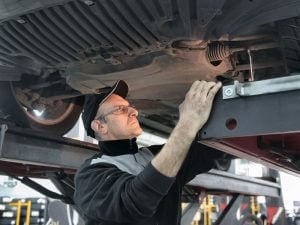

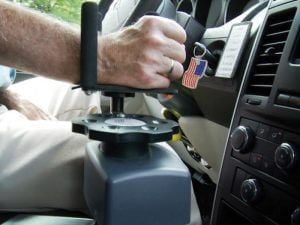

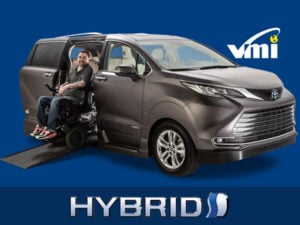
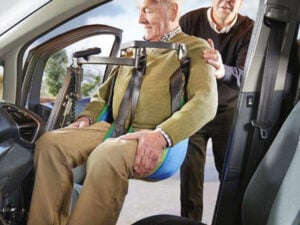

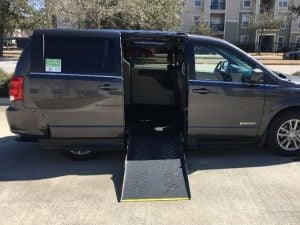
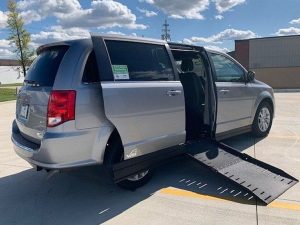

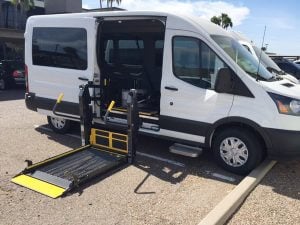
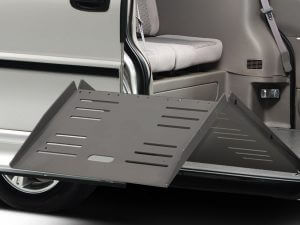
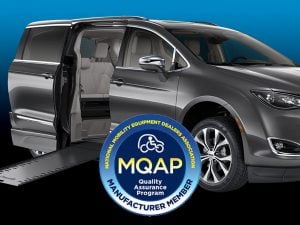
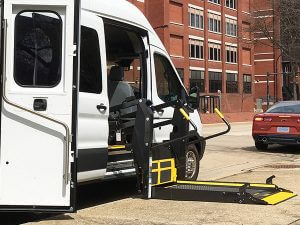


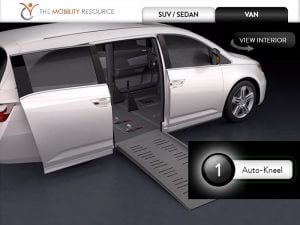

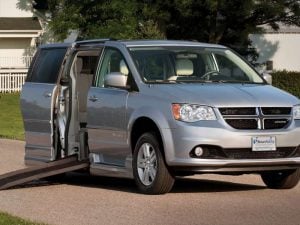
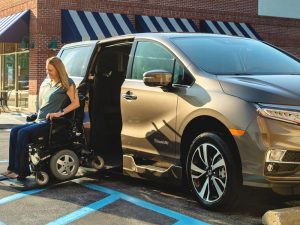
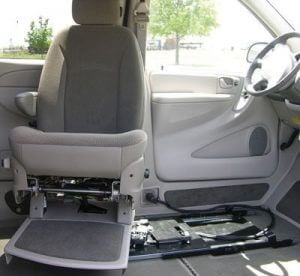
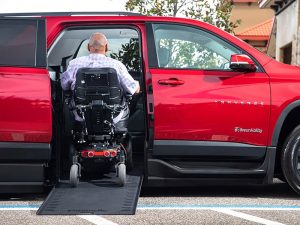
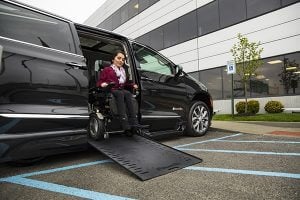







Tweet
Share https://www.themobilityresource.com/blog/post/foldout-ramps-vs-infloor-for-wheelchair-accessibility/